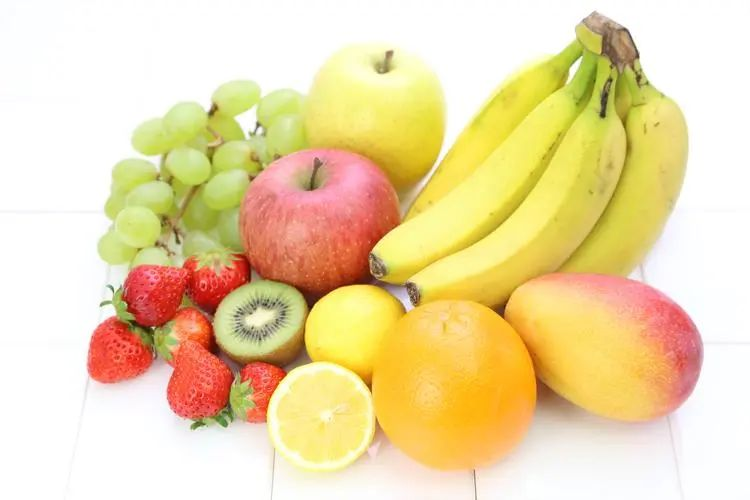
Abstract: This article introduces the application of surfactants as peeling agents in the processing of fruits such as apples, pears, peaches, and plums, particularly in the production of canned fruits and dried fruits.
During the processing of fruits, the first step is often peeling. Peeling methods include physical techniques such as scraping, grinding, freezing, hot blanching, and traditional chemical methods involving alkalis, acid-alkali combinations, and the use of surfactants.
The skin of fruits is covered with a waxy layer to varying degrees, and traditional alkaline methods are suitable for varieties like peaches and plums that cannot be easily peeled. However, these methods often result in significant loss, browning, and poor flavor. For fruits like apples and pears, where the wax on the skin is dense, adding a small amount of surfactant to the alkaline solution can address these issues.
Surfactants possess two fundamental properties: surface adsorption in solutions and the ability to form micelles within solutions. In an alkaline solution, adding surfactants enhances the affinity and wetting properties of the skin, disperses and emulsifies the waxy layer, aids the penetration of the alkaline solution into the inner layers of the skin, and facilitates the decomposition of the skin's cutin and hemicellulose. This leads to the separation of the pulp from the skin, removing only a thin layer of skin and reducing the required alkaline concentration.
Commonly used surfactants for peeling include sorbitan monostearate, polyoxyethylene fatty acid esters, polyoxyethylene sorbitan fatty acid esters, sucrose fatty acid esters, glycerol fatty acid esters, and natural fatty acids (salts). The specifications of surfactants must strictly adhere to national food regulations. When using non-ionic surfactants, their solubility in alkaline solutions must be considered.
Carboxylic acids themselves lack surfactant properties, but when alkaline soap is formed from carboxylic acids, it becomes an excellent anionic surfactant. Natural, non-toxic carboxylic acids, particularly those with low and medium carbon numbers, are preferred.
Low carbon acids may have a strong odor, affecting the flavor of the peeled fruit. Medium carbon acids may exhibit increased hydrophobicity with an increase in carbon number, leading to uneven peeling in an alkaline solution. However, this can be overcome by using a dripping alkaline method.
Non-ionic surfactants as the main agents for peeling have been extensively used abroad. Their advantages include low usage, high peeling ability, fast peeling, thin peeling, and substantial alkali savings. They are unaffected by fruit size, maintaining the original shape without knife marks. The peeled fruit has a smooth surface, high hardness, slow browning, and the syrup in canned fruits appears transparent with good fruit gloss. These characteristics make non-ionic surfactants dominant in the field of alkaline peeling additives.
Non-ionic surfactants have a very small critical micelle concentration (C.M.C.), often tens of times smaller than ionic surfactants. A small amount can form a large number of micelles in a solution, enhancing their dispersing, emulsifying, and solubilizing (similar to dewaxing) capabilities. When using different non-ionic surfactants, their state in aqueous solution must be considered, determined by their HLB value.
The HLB value is influenced by the molecular structure, length of hydrophobic carbon chains, and the presence of hydrophilic OH or EO groups in the molecule. Longer carbon chains make it easier for the surfactant to adsorb at the solution interface (solid surface), strengthen the surface activity, and promote the formation of micelle clusters in the solution. Higher surface activity leads to stronger dewaxing capabilities on the fruit surface.
Non-ionic surfactants with HLB values less than 8 are difficult to form stable dispersions in a solution and exhibit poor peeling effects when used alone. However, their additive nature allows for the combination with non-ionic surfactants with higher HLB values. For example, a mixture of polyoxyethylene sorbitan fatty acid ester with an HLB value greater than 9 and glycerol fatty acid ester or sorbitan fatty acid ester with an HLB value less than 9 yields excellent results.
Combining non-ionic surfactants with anionic surfactants can form mixed micelle clusters in a solution. After non-ionic surfactant molecules enter the micelle clusters, the repulsion between the "ionic heads" of the anionic surfactants weakens. Additionally, the hydrophobic interaction between the carbon-hydrogen chains of both types of surfactants facilitates the formation of micelle clusters. As a result, the C.M.C. of the mixed solution decreases, and surface activity increases. This property is exploited in the formulation of cost-effective peeling agents by combining fatty acids (salts) with polyoxyethylene laurate. This combination, in a mass ratio of 2:1, along with other additives, forms a cost-effective peeling agent. Its successful application in dozens of canning factories nationwide indicates its suitability for peeling various fruits, including apples, pears, peaches, plums, apricots, loquats, persimmons, oranges, etc. With this agent, one kilogram can process over 3 tons of peaches or around 2 tons of apples and pears.
(1) The use of surfactants as peeling agents in fruit processing requires minimal additional investment, making it suitable for both small and large factories. This approach reduces labor intensity, improves production efficiency, and results in high-quality products. The peeling of apples and pears is unaffected by fruit size and ripeness, leading to an increased pulp utilization rate of 4% to 12%. Compared to traditional alkaline peeling of fruits like peaches and plums, this method reduces alkali concentration by 50% and increases pulp utilization by 5%, lowering peeling costs by over 10%.
(2) Another advantage of using non-ionic surfactants is that their wastewater can be directly treated with lime water to produce coagulation and precipitation, achieving a high removal rate of total organic carbon (TOC).
(3) In laboratory settings, lower concentrations of alkali and surfactants are sufficient to achieve the goal of peeling. However, in practical production, higher concentrations are necessary to ensure processing capacity with a single dosage.
Note: The translation has been done in a general sense, and it is advised to have a subject matter expert review the translation for any specific terminology or context-related adjustments.